PRESERVING A MILITARY LEGACY FOR FUTURE GENERATIONS
The following Reflections represents Capt Frank Farr’s legacy of his military service from 1943 to 1945. If you are a Veteran, consider preserving a record of your own military service, including your memories and photographs, on Togetherweserved.com (TWS), the leading archive of living military history. The following Service Reflections is an easy-to-complete self-interview, located on your TWS Military Service Page, which enables you to remember key people and events from your military service and the impact they made on your life. Start recording your own Military Memories HERE.
Please describe who or what influenced your decision to join the Air Force.

I was born in a tiny apartment somewhere behind the screen of a movie theater in Picher, Oklahoma, on March 3, 1924. I am told that as my mother’s labor pains intensified and came more frequently, the theater owner/manager sent the patrons home and locked the doors so she could have some privacy in her travails. My father was working in the mines in and around Picher, which was booming in the 1920s, and the little apartment was the only residence they could find at the time.
When World War II broke out, I was a freshman at San Jose State University. Like all young men of the day, I wanted to serve my country. It was my duty. The two things that influenced my joining the Army Air Force was a challenge and a movie glamorizing fliers.
One day I was visiting my girlfriend at Campbell High School in California where several high school students were talking about joining the Army Air Force. A girl said that Billy was thinking of joining Aviation Cadets. Another girl said, “He might as well forget it because Kenny tried, and he couldn’t get in.”
Now, Kenny was a tall good-looking boy on the football team who had a nearly new car and the admiration of any number of high school girls. I had an old Model A Ford, I was short and I was not a football player. I was a tennis player, strong, agile and fairly sure of myself. I thought if Kenny couldn’t make it what is the big deal! I can make it!

The second influence came about when I saw a movie called “Air Force” in which the hero of the flight across the Pacific in a B-17 Flying was the navigator. A map lover since fourth grade this made a profound impression on me.
So a year after hearing about Kenny and a few months after seeing “Air Force,” I signed up to become an Aviation Cadet. I was going to be a navigator on B-17s. That was late in 1942. At that particular time even though you volunteered, you had to wait for your draft number to come up before reporting for duty. This was probably because young men were being called up faster than they could be processed. I waited perhaps three months before I was called to San Francisco. I was given a cursory physical exam and ordered to the Presidio of Monterey for duty.
Whether you were in the service for several years or as a career, please describe the direction or path you took. What was your reason for leaving?
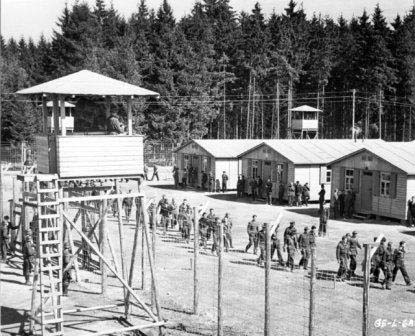
There was about a six-weeks holding period at Monterey before I was sent to Sheppard Field, Texas, for Basic Training. From there I went to Texas A & M University to a college training detachment. The idea of this was that as cadets, we were training to be “Officers and Gentlemen,” hence a modicum of college education.
Next stop was SAAAC in San Antonio and where, if we’d survived thus far, we were tested and classified as Pilot, Navigator or Bombardier cadets. I passed the tests easily and chose the Navigation course. That done, we became full-fledged Aviation Cadets.
I went to Pre-Flight Navigation at Ellington Field, Texas, outside of Houston. There I performed well enough to be given my choice of Advanced Navigation schools and I chose to remain at Ellington. I graduated as a Navigator, Silver Wings, Gold Bars and all, in April 1944.
After a furlough that allowed me to visit my family in California, I reported to the Army Air Force Base at Sioux City to meet my B-17 crew and train with them for a few weeks before heading for combat. In June we flew across the Atlantic and were assigned to the 322nd Squadron of the 91st Bomb Group.
I was a navigator in the U.S. Army Air Corps during World War II, I flew 16 and a half missions over occupied France and Germany in the famed B-17 Flying Fortress.
On my second mission, bombing a German air field near Chartres, France, I was wounded slightly by enemy antiaircraft fire and, as a consequence, was awarded the Purple Heart.
On my last mission, the 17th, my airplane was shot down during a raid on the Leuna oil refinery near Merseburg, Germany. Twelve other aircraft from my group were also shot down. I spent the last six months of the war as a prisoner in German prisoner of war camps Stalag III and Stalag VII-A.
I flew my missions as a Lieutenant but was promoted, I learned very recently, to Captain before my honorable discharge.
If you participated in any military operations, including combat, humanitarian and peacekeeping operations, please describe those which made a lasting impact on you and, if life-changing, in what way?
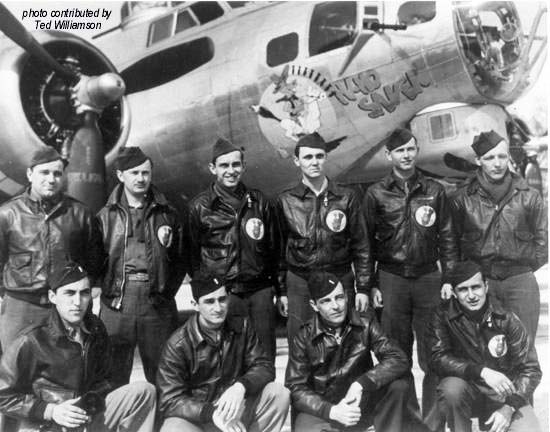
My service in the 91st Bombardment Group, though less than five months in length, was one of the most memorable and significant chapters in my life. Several factors made it so: I was in the service of my country in the great World War II, the most massive and far-reaching conflict in the history of the world. I was 20 years old, an age of transition between boyhood and manhood when experiences are etched deeply into memory. I was wounded in action – shed blood for my country – which is a dramatic event, even though my wound was slight and put me out of action for only about three weeks. Finally, my airplane was shot down – another dramatic event – and I became a prisoner of war for the duration of the European war.
My 17th and final mission was to the Leuna Synthetic Oil Refinery near Merseburg. Enemy fighters hit us hard, setting our plane on fire and forcing us to abandon ship. The climax came when I pulled the rip cord and my parachute failed to open. I was able to insert a couple of fingers into the opening from which the rip cord came and pull enough of the chute through “probably a little pilot chute” so as to catch the wind and open the main umbrella.
I flew 17 missions, a few of which stand out in my mind in sharp relief. These involve the following missions: The first was a long trip to Munich, when our airplane hit violent prop wash and almost flipped over in the air. The second mission, an attack on a German air field near Chartres, France, is memorable because our airplane took a major hit from anti-aircraft fire (over 70 holes in our plane), and I was hit by a piece of flak.
The 91st Bomb Group targeted military installations and industrial complexes in German-occupied France and Germany. We bombed from five to maybe a dozen targets per month. The weather was a significant factor in how many we flew. The 91st played a major role in the bombing of Hitler’s “Festung Europa.”
It flew more missions than any other Heavy Bombardment Group and suffered greater casualties than any other group. It won two Presidential Citations. I completed my missions as Regular Navigator for Lt Val Maghee’s crew, though when I was shot down, I was a substitute navigator in the crew of Lt O.J. Snow.
From your entire military service, describe any memories you still reflect back on to this day.
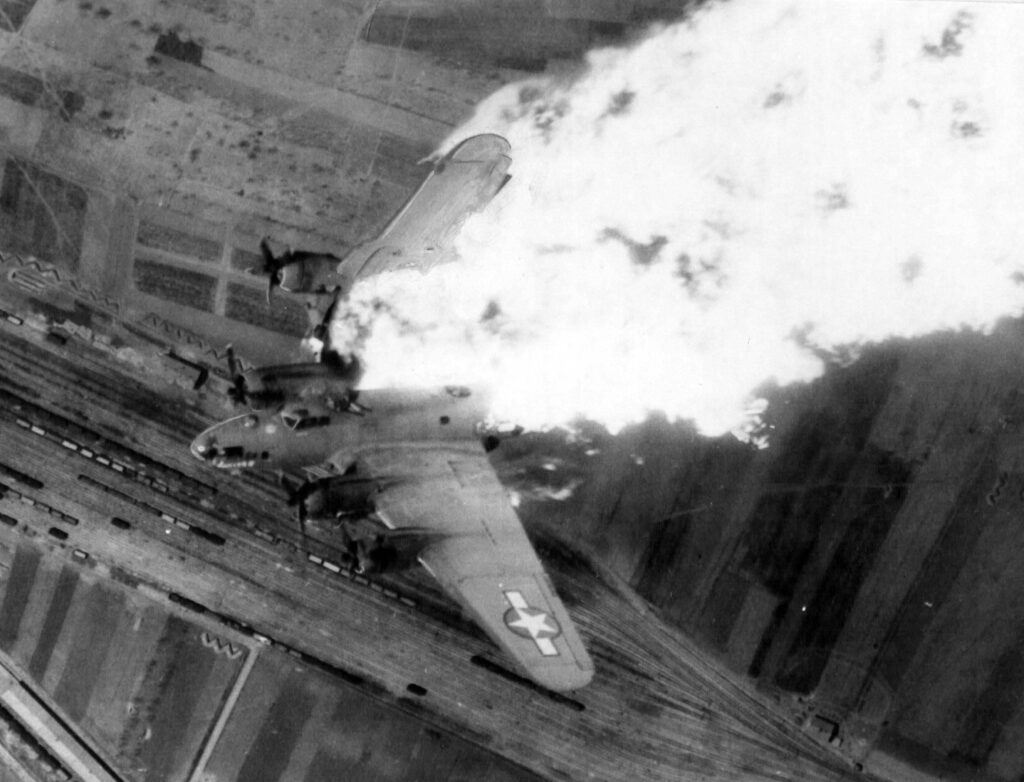
There were several such memories, but the single one that was etched most deeply into my brain was bailing out of my burning airplane over Germany. Many Airmen have bailed out of crippled airplanes and that’s scary enough. Most of the time, though, when they pulled the rip cord the parachute opened. Mine didn’t. I can still see the red handle that I pulled away from the chute and held at arm’s length and I was still falling. No chute.
I was able to insert a finger or two into the slit in the parachute pack from which the rip cord issued and finally pull out enough of the chute to catch the wind. Then it opened.
I know of one similar case from my group where a chute didn’t open and the Airman was able to pull it from the pack. There were probably a few more and I think it’s a safe bet that such incidents made stand-out memories. I wonder how many terrified Airmen didn’t think to dig into the parachute pack with their fingers when the rip cord didn’t work?
What professional achievements are you most proud of from your military career?

In the 8th Air Force in 1944, all Airmen who completed six missions were awarded the Air Medal. I suppose the feeling was that six bombing missions over Hitler’s Europe took enough of a psychological toll to make continuing a “valiant” act. This is not intended as a flippant answer to a serious question. I received no awards for individual action.
Of all the medals, awards, formal presentations and qualification badges you received, or other memorabilia, which one is the most meaningful to you and why?
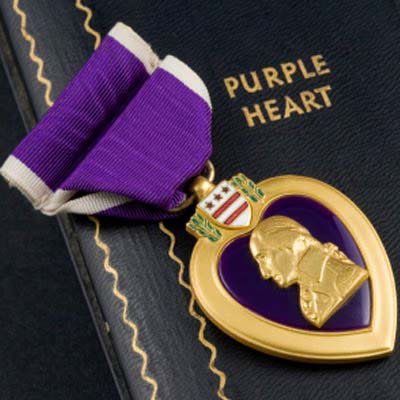
The Purple Heart is most meaningful to me, though my wound was relatively slight, I did shed a boot full of blood in the service of my country and I am proud of that. At the same time it doesn’t seem right that I should receive the same award as a Soldier who suffered crippling injuries whose effects he would carry for a lifetime.
Which individual(s) from your time in the military stand out as having the most positive impact on you and why?
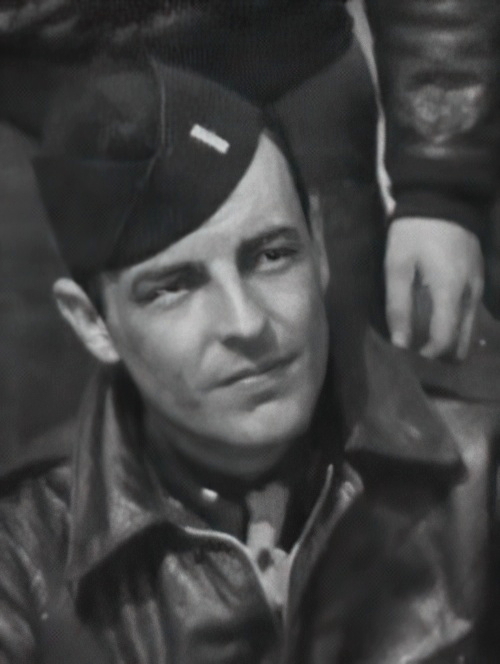
Probably my Pilot Lt. Valliere Baldwin “Val” Maghee had a bigger impact on me than anybody else. For weeks after I was wounded by flak I was frightened of flying combat. Of course, anybody in his right mind would be nervous about flying through flak barrages, but my fear was almost pathological. A little more and I’d have qualified as “flak happy”. Then I was assigned as Regular Navigator on Lt Maghee’s crew. Val, nine years older than me (I was 20), was a steady pilot on his second tour of duty. He volunteered for a second tour, not many men did.
Val’s reiterated confidence in my abilities as a Navigator and his generally calming manner did much to “heal” me. After a few weeks I was able to climb into the airplane for another mission without being afraid, even when I learned I was flying to Merseburg as a Substitute Navigator for another crew.
Can you recount a particular incident from your service, which may or may not have been funny at the time, but still makes you laugh?
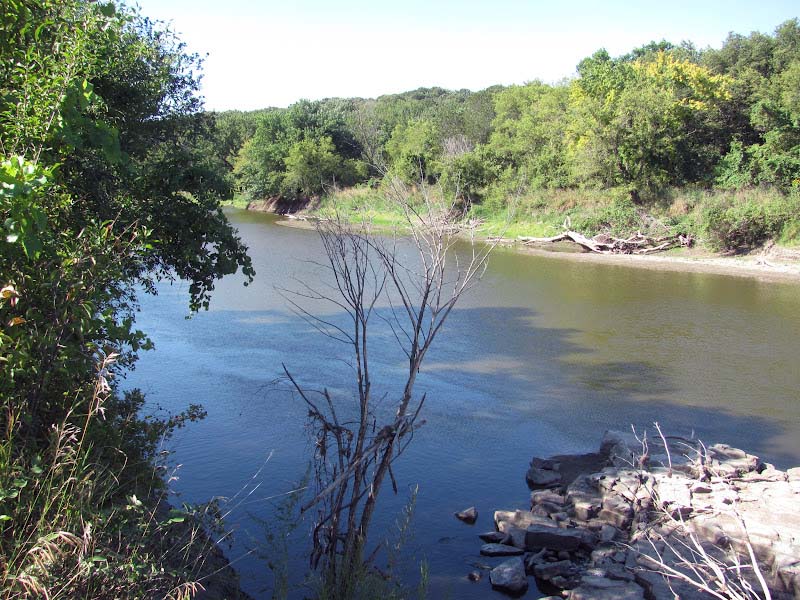
A friend, Bombardier on a different crew and I went to Sioux City for a night “on the town.” Two young women had stalled their car on a main street and I helped them get it started. He and I joined them, and we drove out to a park by a river–the Little Blue River, I think. Is there such a river in Sioux City?
Anyway, I sat in the car with one of the girls and he took a walk through the park with the other. They were teachers they said and probably five years older than we were. I don’t know what his lady did–he never said. He ran to the car, breathless and said, “Let’s get out of here!” We drove back to town and left the girls,
I still laugh at the memory. He was a big young man, probably 100 pounds heavier than the girl; but whatever, he was scared to death!
What profession did you follow after your military service and what are you doing now? if you are currently serving, what is your present occupational specialty?

I had more than 50 years in education, if I count the summer sessions. Thirty of these years were in California, 25 in the little town of Gustine, Ca, and the last 20 in Crownpoint, NM.
I have done nearly everything in the career line I ever wanted to do. I have been teacher, counselor, vice principal, principal, and I worked for many years as a news reporting stringer for the Modesto Bee and the Merced Sun-Star. For a couple of years, I was editor of the Gustine Standard, a small weekly paper, and I subbed as editor for the Los Banos Enterprise and the Dos Palos Star. I taught the things I loved most – languages (Spanish, French, Russian and English), geography, history and journalism. And I was able to serve as coach of the two sports I love most, tennis (for many years) and baseball (junior varsity for a couple of years).
Along with education and journalism, I was privileged to be involved in local Gustine City politics for six years. I served two years on the Council and was elected Mayor of the City of Gustine by my fellow councilmen at the beginning of my second term. My political career ended in 1986 when we moved to Crownpoint, New Mexico where my wife and I bought a modest home in a beautiful site on the slopes of the Zuni Mountains overlooking a breathtaking vista of bright red cliffs across a narrow valley. I continued to teach for another 19 years.
I retired at 80. That was nine years ago, in 2005. At present I am learning, unenthusiastically, to live alone after my wife of 48 years died of complications from Alzheimer’s.
The gods were smiling on me when I met my dearest wife, Irma King. We both loved roaming about North America in first one kind of camper and then the other. We shared a love of books and music, though we did not always agree on what kind of music. She had three bright, loving children, two of whom I was lucky enough to help grow from their later childhood to adulthood.
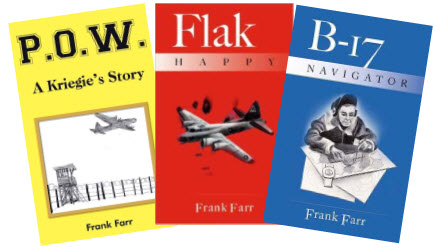
I am the author of three books. My first book, P.O.W. – A Kriegie’s Story. My second, B-17 Navigator, tells of my induction into the service and my training which led eventually to my graduation from Aviation Cadets as a 2nd Lieutenant and aerial navigator. My third book Flax Happy fills the gap between those two and tells of my combat experiences flying out of England.
Mine has been a wonderful life, and I am grateful for it.
What military associations are you a member of, if any? what specific benefits do you derive from your memberships?

I am a member of the DAV of the Purple Heart Association and of EX POW Association. I don’t derive any particular benefit from those memberships, though the DAV assisted me in my application for service-connected disability. Perhaps I would benefit, socially, at least, if I lived nearer where those groups meet, usually in Albuquerque which is 120 miles from my home. I don’t attend meetings because of that distance.
In what ways has serving in the military influenced the way you have approached your life and your career? What do you miss most about your time in the service?
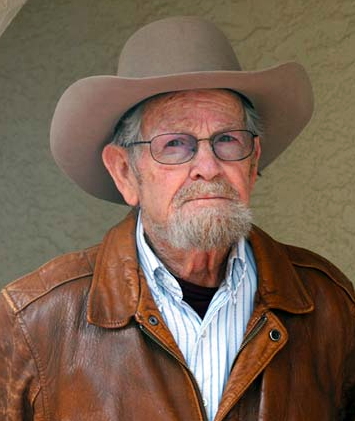
When I was shot down and survived while many others didn’t. I thought I should do something worthwhile, something of service with my life. In my family few people were held in higher regard than teachers, so I changed my major from journalism and prepared for a career teaching in secondary schools.
The discipline and control that my military career required were useful to me as a teacher. Officers, Commissioned and Non-Commissioned, learned to give orders to others in a way that did not brook non-compliance and this was helpful in working with teenagers.
Based on your own experiences, what advice would you give to those who have recently joined the Air Force?

Do your job well and obey orders from those authorized to give them. Enjoy your service despite the inconveniences. You’re building memories that will be with you forever and you’re serving your country. You may be proud of that.
In what ways has togetherweserved.com helped you remember your military service and the friends you served with.
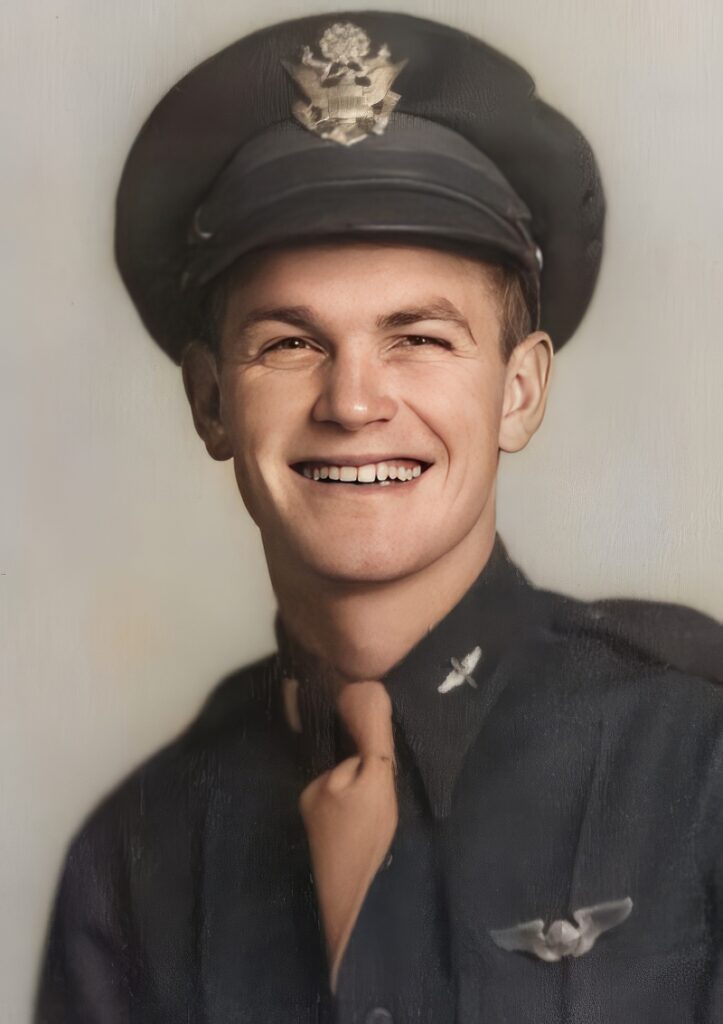
I became a member only a short time ago. I was impressed early-on when two Ex-Airmen, both much younger than I, volunteered to be my wingmen. Thus far, I’ve not found here any of the people I served with in World War II, but as Airmen, we share a common bond.
PRESERVE YOUR OWN SERVICE MEMORIES!
Boot Camp, Units, Combat Operations
Join Togetherweserved.com to Create a Legacy of Your Service
U.S. Marine Corps, U.S. Navy, U.S. Air Force, U.S. Army, U.S. Coast Guard
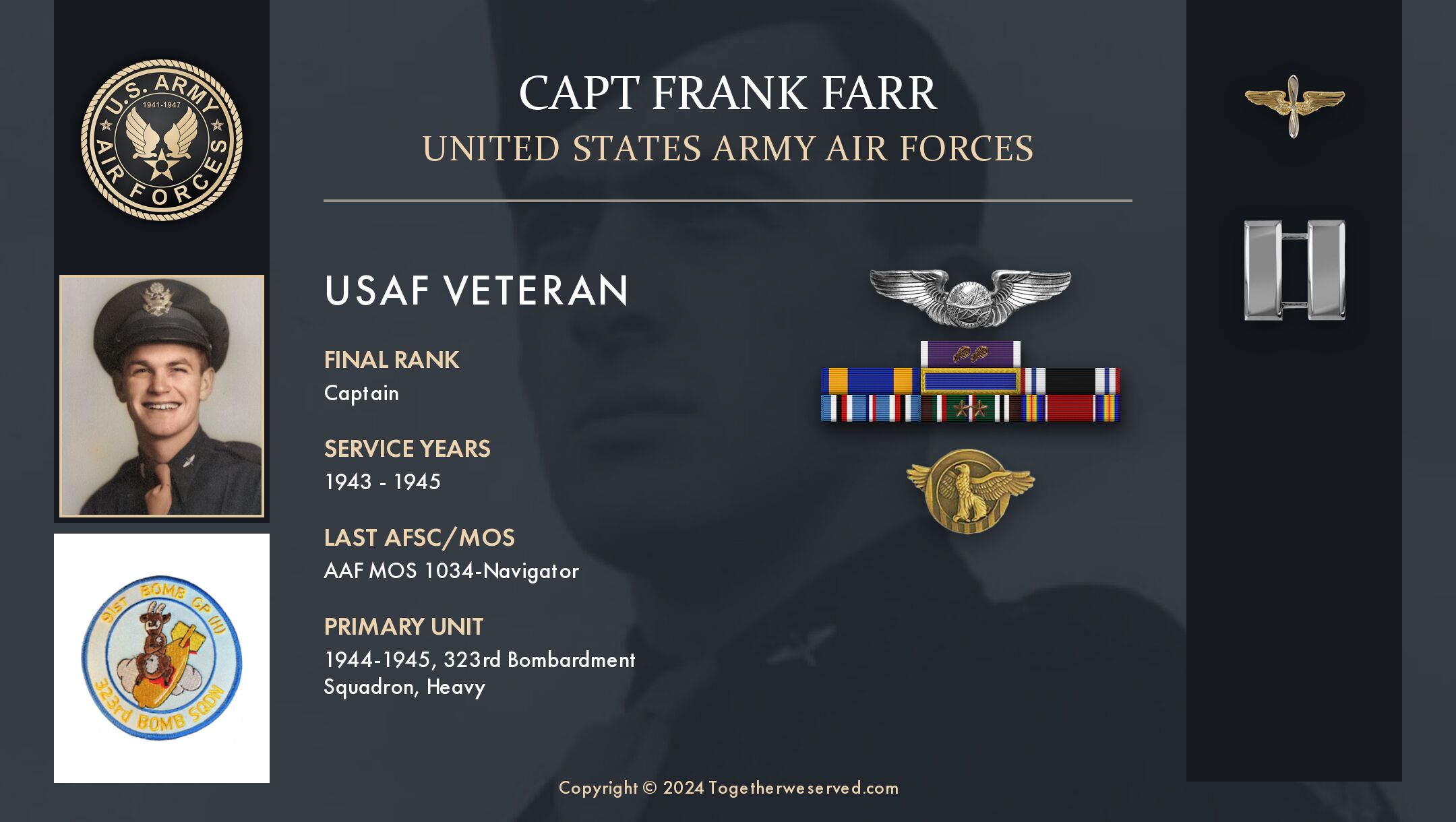
Great story and magnificent career sir. God Bless